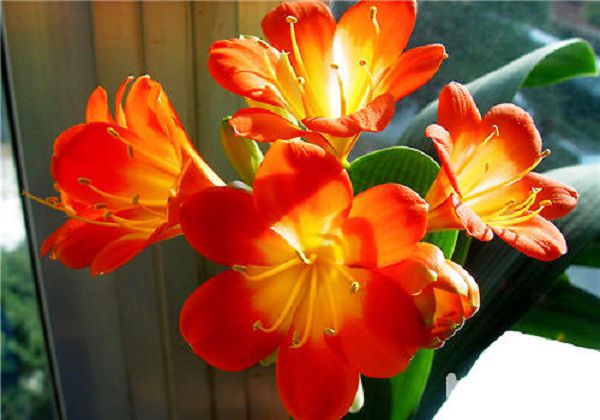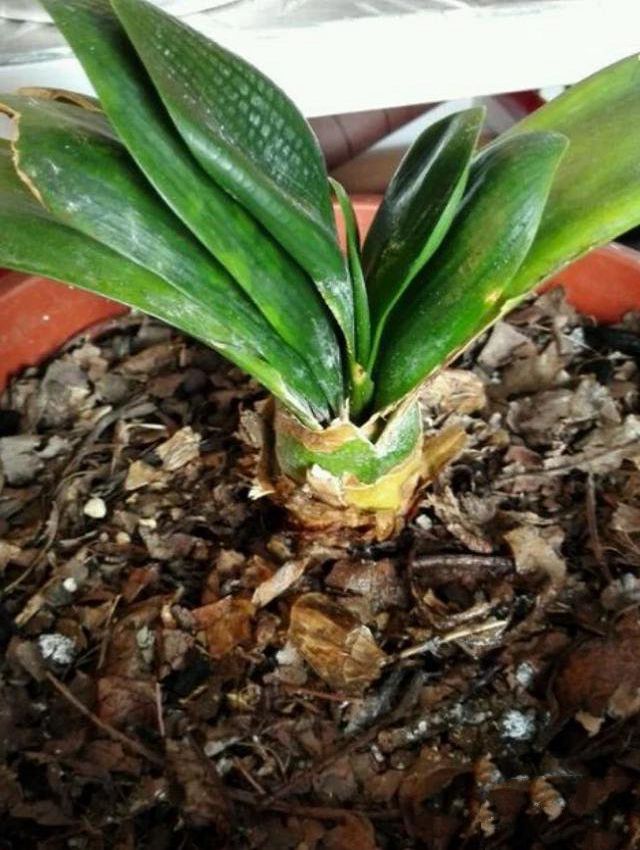Analysis on the Bud Transformation of Cymbidium

The bud change of Cymbidium means that after three or four years of cultivation, it is easy to produce tillers around the rhizome, commonly known as "axillary buds" (lateral buds, limb buds), which are separated from the mother plant by the tillers of Cymbidium. It generally has the ability to maintain the characteristics of the original variety, but sometimes hereditary mutations occur, resulting in a certain part or organ of the plant obviously different from that of the original variety, such as the plant type becomes shorter. Leaves become bigger and shorter, leaves become more colored, flowers and seeds are different, and this phenomenon is called "budding".
Gentleman's orchid (details)
For the majority of magnolia enthusiasts, usually carefully observe the magnolia, once the buds are found, timely declaration and identification to experts or research departments is the best way. The variation of leaves is most likely to be found when axillary buds grow. After the occurrence of serious natural disasters, it is also a good time to find resistance to some natural disasters. In late December 1999, Guangdong suffered a rare freezing injury in history, with the lowest temperature reaching-4 ℃ to-5 ℃. It is very possible to select new varieties resistant to cold bud transformation from those plants that have been tested by severe cold but have not been frozen to death.
As the growth conditions of Cymbidium have changed, it will often cause the abnormal performance of Cymbidium. Therefore, the key is that in the process of bud mutation and seed selection, we should make a comprehensive analysis of some variation phenomena and carefully distinguish between bud mutation and normal variation. The former is a genetic change, that is, a real variation. The latter is reflected by temporary changes in environmental conditions or cultivation management. Even if it is the real budding, some are relatively stable, some are unstable, and even return to their original state after a few years, and the mutation disappears.
If superior mutants are found, new varieties should be selected step by step through primary selection, identification, re-selection and other steps. The specific measures are as follows: when the preliminary identification is a real bud change, the plant should be protected, marked, the variation, location and characteristics should be recorded, the primary bud should be re-selected from the second to the third year, and the run-off election should be carried out in the fourth year. Especially excellent bud varieties should be propagated as soon as possible so that they can be put on the market in the future and named. The practice shows that the bud mutation selection method of Cymbidium is simple, easy to master and effective, and it is a good way to select new varieties.
Related
- Is the orchid suitable for indoor use? Is it good for the body?
- How to prevent the empty root of orchids?
- What to do after the crab claw orchid is withered?
- Why are the leaves of orchids always yellow? Fertilizing and watering.
- Can the root of the gentleman orchid be saved if it is rotten?
- Diagnosis and treatment of cotton-blowing beetle insects in Cymbidium
- There is a way for a gentleman's orchid to rot.
- What is the most suitable temperature and humidity for the orchid?
- How to raise a gentleman's orchid? Cultivation techniques of Cymbidium
- How to prepare the nutritive soil for the cultivation of Cymbidium



